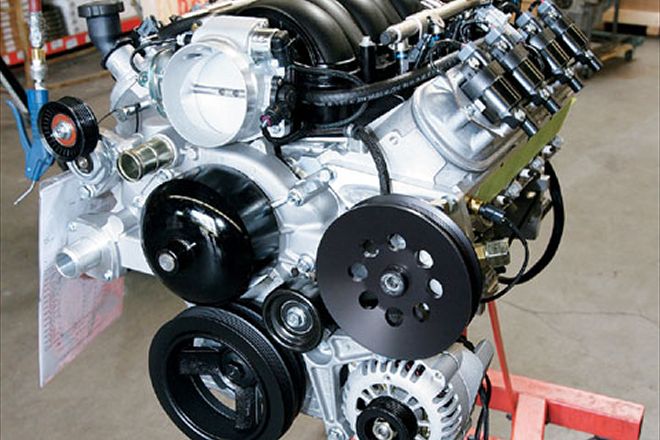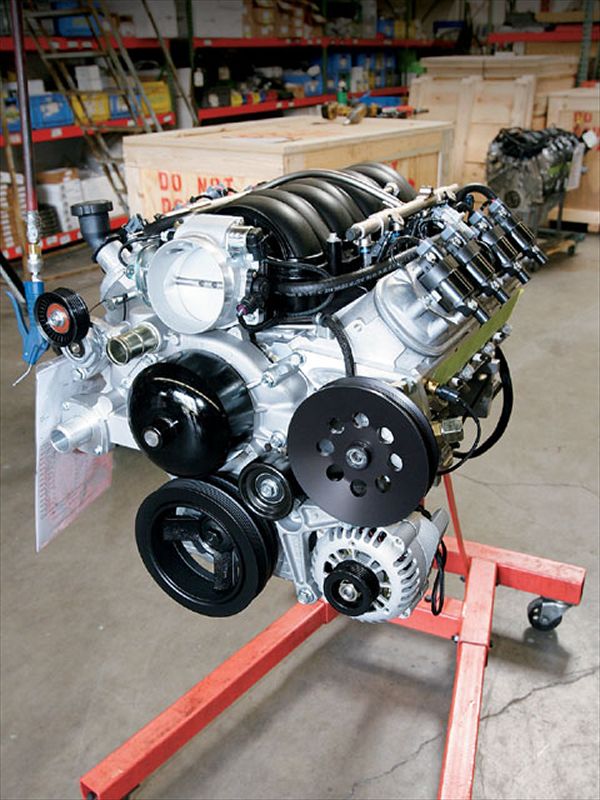
 Fred Williams
Brand Manager, Petersen’s 4Wheel & Off Road
Fred Williams
Brand Manager, Petersen’s 4Wheel & Off Road

There Was A Muscle Awakening under the hoods of General Motors' vehicles beginning with the '97 Corvettes, '98 Camaros, and '99-'03 pickup trucks. It was the start of the Generation III and IV V-8 engines (also known as the LS series), and the resulting powerplants have breathed horsepower numbers into the tried-and-true Chevy small-block that are so easily attainable it's silly. This new generation of fuel-injected V-8s is simple to build, easy to modify and swap into older 4x4s, and can be pushed to over 400 hp with simple computer upgrades. In fact, 500hp Gen IV engines are commonplace and 700-plus-horsepower crate engines based on this architecture aren't unheard of.
We spent a day at Turnkey Engine Supply assembling a Gen IV 6.0L LS2 and can honestly say we've seen Legos more complicated. In fact we're not sure why you wouldn't choose a Gen III or IV engine. Whether you are dragging one home from a junkyard or considering an all-new crate engine, when you learn how simple and powerful these engines can be and how plentiful they are, it's a no-brainer. Late-model Chevy small-block V-8s are as good as they've ever been, if not better.





 PhotosView Slideshow
PhotosView Slideshow











